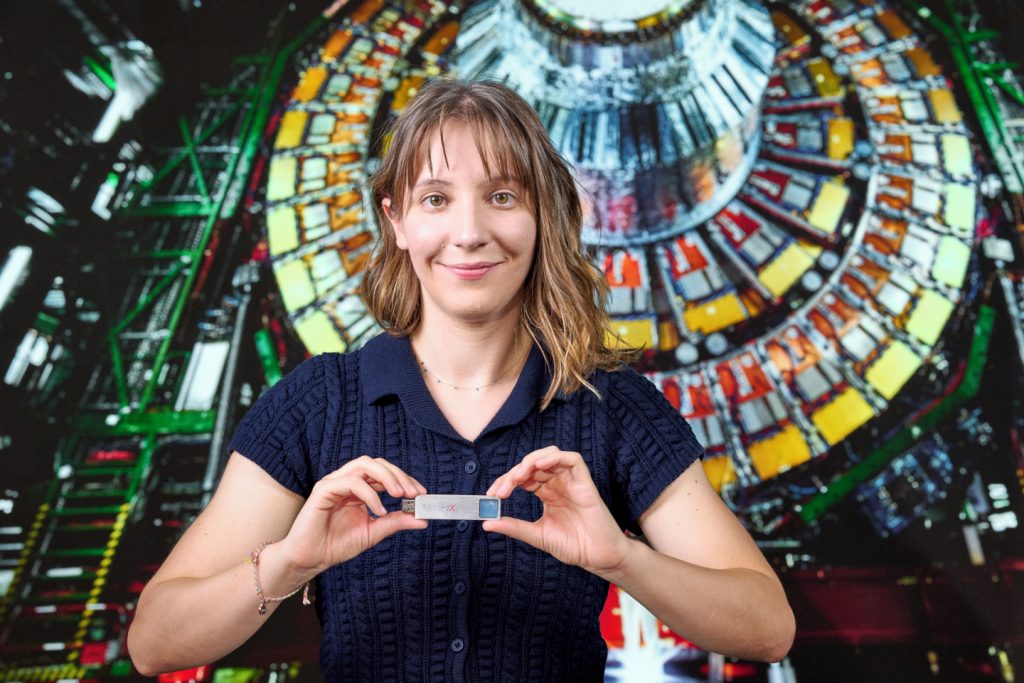TIMEPIX@school: Bringing CERN Technology to the Classroom

Finding ways to make STEM education inspiring and captivating is the goal of science teachers world-wide and CERN is proud to support them in their mission to encourage the scientists of tomorrow.
Timepix chips, developed at CERN in the context of the Medipix collaboration, have widespread uses outside the laboratory, for example, in spectroscopic X-ray imaging, radiation monitoring in space and in the analysis of works of art. Timepix also has an important role in education, thanks to a project making specially designed Timepix kits and teaching materials, available to schools around the world.
After many years of successful pilot schemes, the project, TIMEPIX@school, has been approved as part of the CERN Technology Impact Fund in 2024. A fund, launched in 2021 to bridge the gap between the technological outputs of CERN’s research and their end applications with the aim of addressing existing global or local societal challenges, particularly those identified in the United Nations Sustainable Development Goals (SDG). In its mission to promote high quality and inclusive education, the TIMEPIX@school project actively contributes to five SDGs, namely SDG4 (quality education), SDG5 (gender equality), SDG9 (industry, innovation and infrastructure), SDG8 (decent work and economic growth), and SDG17 (partnerships for the goals).
Thank to donations from Rolex and Fondazione Bracco through the CERN and Society Foundation, the philanthropic arm of CERN, the first milestone of the project was completed in 2024. Now more donations are sought to build an international network that will bring the Timepix technology into as many classrooms as possible. The goal being to enable students from all backgrounds to carry out hands-on experiments, with a pocket-sized particle detector and study the radiation all around them. They can observe and distinguish the particles and explore how they interact with matter. Knowing that they are using the same device as those found at CERN, in hospitals and museums around the world, and even on the International Space Station, helps to nurture curiosity and hopefully inspire students to pursue a future career in STEM.